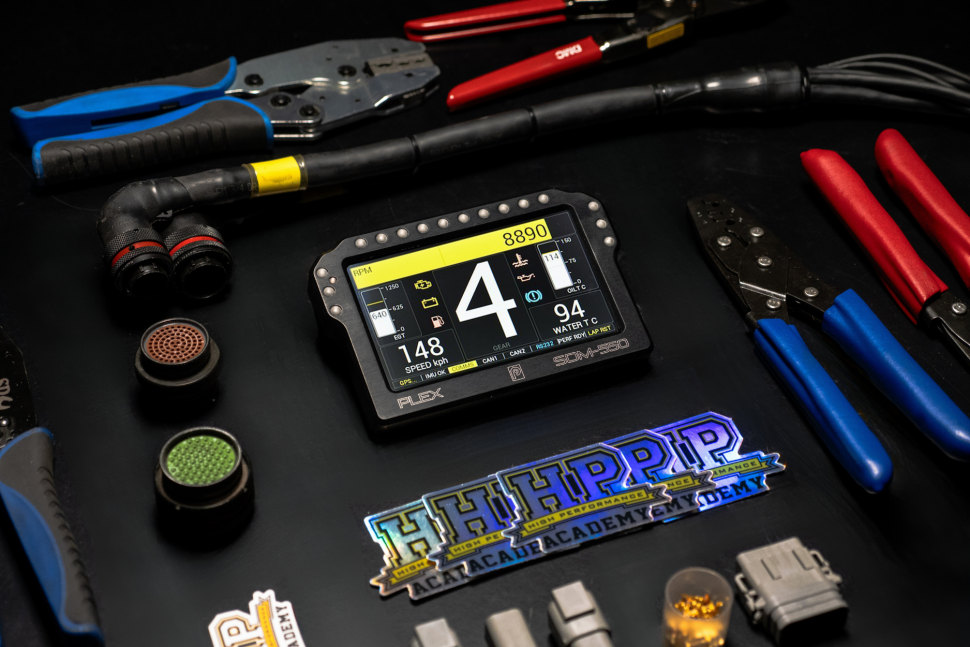MoTeC M1 Software Tutorial: Ignition Tuning
Ignition Tuning
01.46
| 00:00 | Tuning the ignition table in an M1 is is not much different to most ECUs. |
| 00:05 | If you remember back to our Initial Setup worksheets though, the M1 offers three possible modes for the load axis of the ignition table. |
| 00:13 | It is important to understand what this setting means as it will affect the way the M1 derives the load input and in turn this will affect where in the ignition table the ECU is accessing. |
| 00:24 | In the M1 this load axis is always referred to as ‘Engine Load Normalised’ and you can see this here in our ‘Ignition’ worksheet. |
| 00:33 | The options for the ‘Engine Load Normalised’ mode are ‘Normal’, ‘Inlet Manifold Pressure’ or ‘Throttle Position’. |
| 00:40 | If you want your M1 to behave similar to MoTeC’s 100 series ECUs, this can be achieved by using the ‘Inlet Manifold Pressure’ mode and in this case the Engine Load Normalised value is simply the manifold pressure. |
| 00:54 | For engines running multi throttle bodies, you will probably want to use ‘Throttle Position’ as the ‘Engine Load Normalised’ mode. |
| 01:01 | If you choose to use the ‘Normal’ mode, it’s important to understand that the Engine Load Normalised value will change when you alter the volumetric efficiency value. |
| 01:12 | Before you start tuning the ignition table, it is critical to make sure the ‘Reference Offset’ or CRIP function is properly adjusted. |
| 01:20 | This will ensure the ignition timing the engine is receiving is the same as the value displayed on the laptop screen. |
| 01:27 | We went over how to adjust this setting in the ‘Ref/Sync’ setup module earlier in the course. |
| 01:33 | With the exception of the load axis, tuning the actual ignition values can be achieved relatively easily using the techniques we looked at in the ‘How To Use M1 Tune’ section of the course. |





